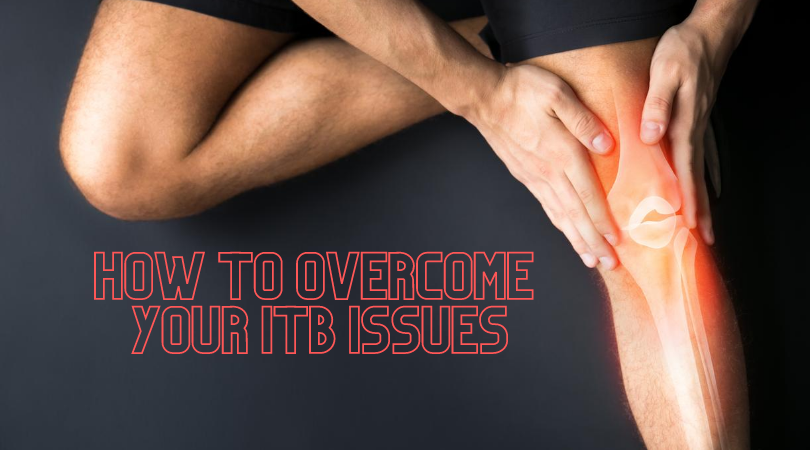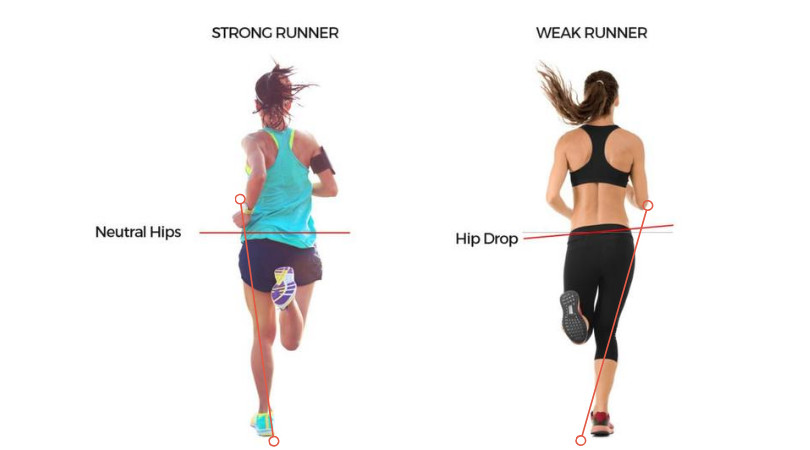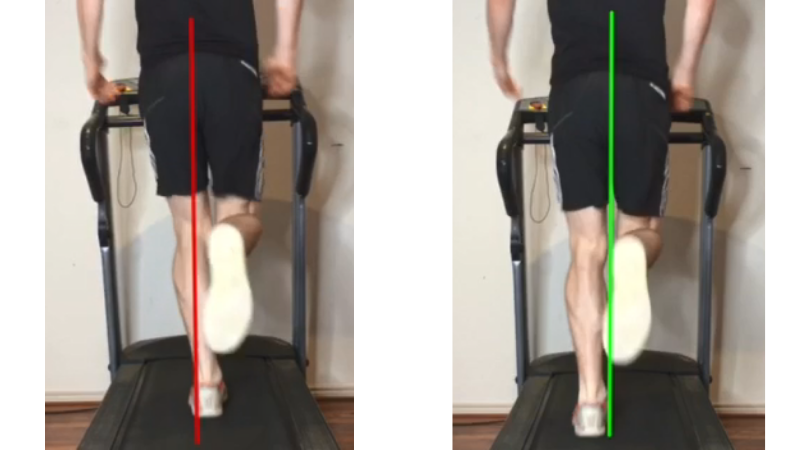How to overcome your ITB pain

Most runners know what and where the ITB is located. Some of you may have even experienced iliotibial band syndrome resulting in pain on the outside of the knee. Commonly, this condition is linked to female runners, perhaps with a lower cadence & a recent bout of downhill running. I thought I would help shed some light on the ITB and provide some tips if pain is occurring.
Your ITB pain is not from tightness
This is the most common fallacy around the ITB. You may have the perception of ITB tightness and dry needling, massage, foam rolling may help reduce symptoms. However, it most certainly isn’t ‘releasing’ the ITB. This extremely thick fibrous band is consisting of strong connective tissue, not muscle. It doesn’t contain any elastic properties and surgeons even report the ITB blunting their scalpel when operating! The perception of tightness may be due to the tissue and surrounding structures being overloaded. Now that is understood let’s explore further.

Consider your running bio-mechanics
ITB syndrome is more common in females due to the greater angle created from your hips to your knee during midstance. If you view a runner from behind, you will see the knee cutting in toward the midline in relation to the hip. This will put the ITB under more tension especially if it is combined with a low step rate (under 160) and a ‘crossover’ strike pattern. If you think this might be the case, then having your running assessed is the best option.

Running modifications & gait retraining
If you wanted to settle down symptoms or prevent symptoms the first intervention might include changing your training, for example spikes in training load. If you have identified a crossover pattern (see image below) in your running or a lower cadence, then gait re-training is a good option. Otherwise, running uphill while walking downhill can be a good solution until symptoms calm down. Another preventative approach is to include terrains like trial running where you have more foot placement variety.

Consider hip control & strength
Even though the evidence shows that hip strengthening does not alter running biomechanics, it does help your body become more resilient when tolerating load. Get your glutes, quads and hamstrings has robust as you can and your ITB will have more reinforcements when tolerating the load required for running.
Relevant Blog posts
- Running cadence: How the take full advantage
- The running technique: Step width
- Running & Stretching is there any benefit
